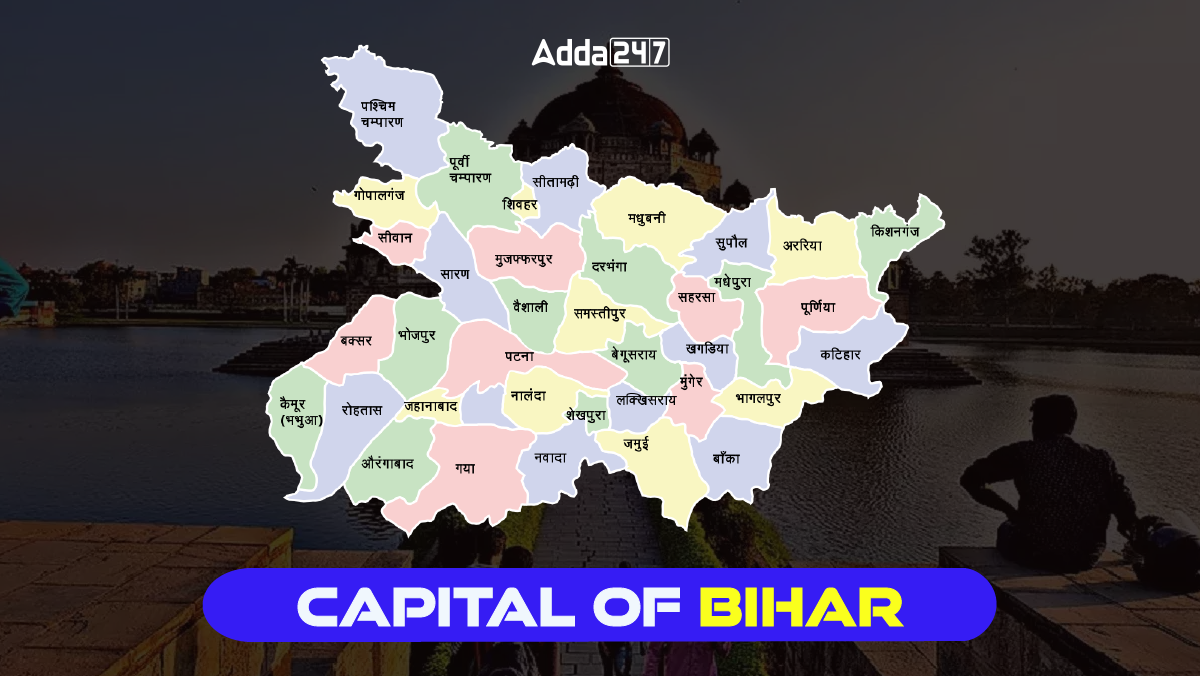Patna, the Capital of Bihar
Bihar, situated in the eastern region of India, is renowned for its profound history and a cultural fabric adorned with a variety of elements. The capital of Bihar, Patna, epitomizes this rich heritage and diversity. Formerly recognized as Pataliputra, Patna stands as one of the world’s oldest continuously inhabited cities. This article will explore the historical importance, cultural dynamism and contemporary advancements of Patna, serving as the cultural hub of Bihar.
Historical Significance of Patna
- Ancient Pataliputra: Patna has its roots dating back over two millennia. It was a prominent city during the Maurya Empire, serving as the capital under rulers like Chandragupta Maurya and Ashoka the Great. Pataliputra was a thriving center of culture, administration and trade in ancient trade.
- Birthplace of Guru Gobind Singh: Patna holds special importance for Sikhs as the tenth Sikh guru, Guru Gobind Singh, was born here.
- Scholarly Legacy: Pataliputra was home to famous scholars and astronomers like Chanakya, Aryabhata and Vatsyayana, making it a hub of learning and culture.
| Other Important Articles | |
| States and Capitals of India | Capital of Assam |
| Capital of Arunachal Pradesh | Capital of Andhra Pradesh |
Modern Developments in Patna
- Educational Hub: Patna has emerged as a prominent educational hub in Eastern India. The presence of institutions like the National Institute of Fashion Technology (NIFT), the Indian Institute of Technology (IIT) and the Patna University has attracted students from all over the country.
- Infrastructure and Connectivity: The city has seen significant infrastructural improvements in recent years, including better road networks, new bridges and an expanding airport.
- Economic Growth: Patna’s economy is on a steady upward trajectory, with a growing IT sector and increased industrialization. It has become a destination for business investments, offering opportunities for various sectors.
Fascinating Facts about Bihar
- Pilgrimage Centers: Bihar boasts several pilgrimage centers for Buddhists, Hindus and Jains, drawing religious tourists from around the world.
- Bordering States: Bihar shares its borders with Uttar Pradesh, West Bengal, Jharkhand and Nepal.
- Size and Population: Bihar is the 12th largest state in India by area and the third largest by population.
- Ethnolinguistic Diversity: The state is home to various ethnolinguistic groups, with Bhojpuris, Maithilis and Magahis being prominent.
- Formation of Jharkhand: Jharkhand was carved out of southern Bihar and established as a separate state on 15th November 2000.
- Rural Population: A significant portion, around 11% of Bihar’s population resides in urban areas, which is one of the lowest percentages in India.
Find More General Studies News Here





 Which City is known as the City of Bambo...
Which City is known as the City of Bambo...
 Who was the First Home Minister of India...
Who was the First Home Minister of India...







